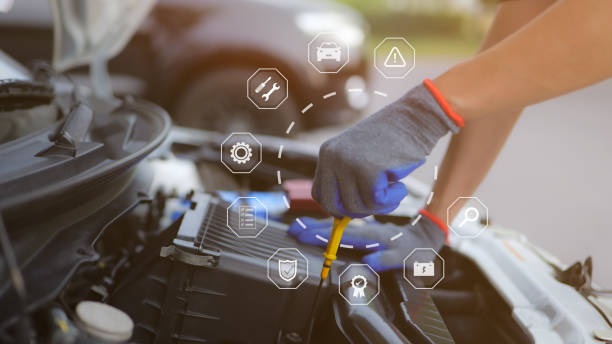
Introduction: In today’s fast-paced world, automobiles play a crucial role in our daily lives, providing convenience and mobility. However, like any mechanical device, cars are subject to wear and tear, requiring regular maintenance and occasional repairs to ensure optimal performance and safety. In this comprehensive guide to Auto Repair, we’ll explore essential tips, common issues, and practical solutions to help you keep your vehicle in peak condition.
- Understanding Routine Maintenance:
- Regular maintenance is key to preventing major problems and prolonging the lifespan of your vehicle.
- Basic maintenance tasks include oil changes, tire rotations, fluid checks, and filter replacements.
- Create a maintenance schedule based on your car’s manufacturer recommendations and driving habits.
- Identifying Common Issues:
- Familiarize yourself with common car problems such as overheating, strange noises, warning lights, and poor performance.
- Conduct regular inspections to detect issues early, preventing them from escalating into costly repairs.
- Consult your owner’s manual or seek professional advice if you notice any unusual symptoms.
- DIY Repairs vs. Professional Assistance:
- While some repairs can be tackled by DIY enthusiasts with the right tools and knowledge, others are best left to trained professionals.
- Simple tasks like changing wiper blades or replacing air filters can be done at home, saving time and money.
- Complex issues such as engine malfunctions or transmission problems require expertise and specialized equipment, so don’t hesitate to seek professional help.
- Essential Tools for DIY Repairs:
- Building a basic toolkit is essential for DIY auto repairs.
- Must-have tools include wrenches, sockets, screwdrivers, pliers, and a jack for lifting the vehicle.
- Invest in quality tools to ensure safety and effectiveness when working on your car.
- Safety Precautions:
- Prioritize safety when performing any repair or maintenance task.
- Wear protective gear such as gloves and safety glasses to prevent injuries.
- Use jack stands when lifting the vehicle and never rely solely on a hydraulic jack.
- Dealing with Fluid Leaks:
- Fluid leaks can indicate various issues such as a worn gasket, cracked hose, or faulty seal.
- Identify the type of fluid leaking (oil, coolant, brake fluid, etc.) and trace its source.
- Address leaks promptly to prevent damage to critical components and avoid safety hazards.
- Electrical System Troubleshooting:
- Electrical problems can manifest as issues with the battery, alternator, starter, or wiring.
- Conduct voltage tests and visual inspections to diagnose electrical issues accurately.
- Replace worn-out components and repair damaged wiring to restore proper functionality.
- Suspension and Steering Maintenance:
- The suspension and steering system affects ride comfort, handling, and safety.
- Inspect shocks, struts, ball joints, and tie rods for signs of wear or damage.
- Replace worn components to maintain stability and control while driving.
- Brake System Inspection and Maintenance:
- Brakes are critical for vehicle safety, so regular inspection and maintenance are vital.
- Check brake pads, rotors, calipers, and brake fluid levels regularly.
- Replace brake pads before they become excessively worn to prevent damage to the rotors.
- Environmental Considerations:
- Dispose of old automotive fluids and worn-out parts responsibly to minimize environmental impact.
- Consider eco-friendly alternatives such as synthetic lubricants and recycled auto parts.
- Properly maintain your vehicle to reduce emissions and improve fuel efficiency, contributing to a cleaner environment.
Conclusion: Regular maintenance and timely repairs are essential for keeping your vehicle safe, reliable, and efficient. By understanding common issues, investing in the right tools, and prioritizing safety, you can tackle many auto repair tasks with confidence. Whether you choose to DIY or seek professional assistance, maintaining your car’s health will ultimately save you time, money, and hassle in the long run. Take care of your vehicle, and it will take care of you on the road.
Leave a comment